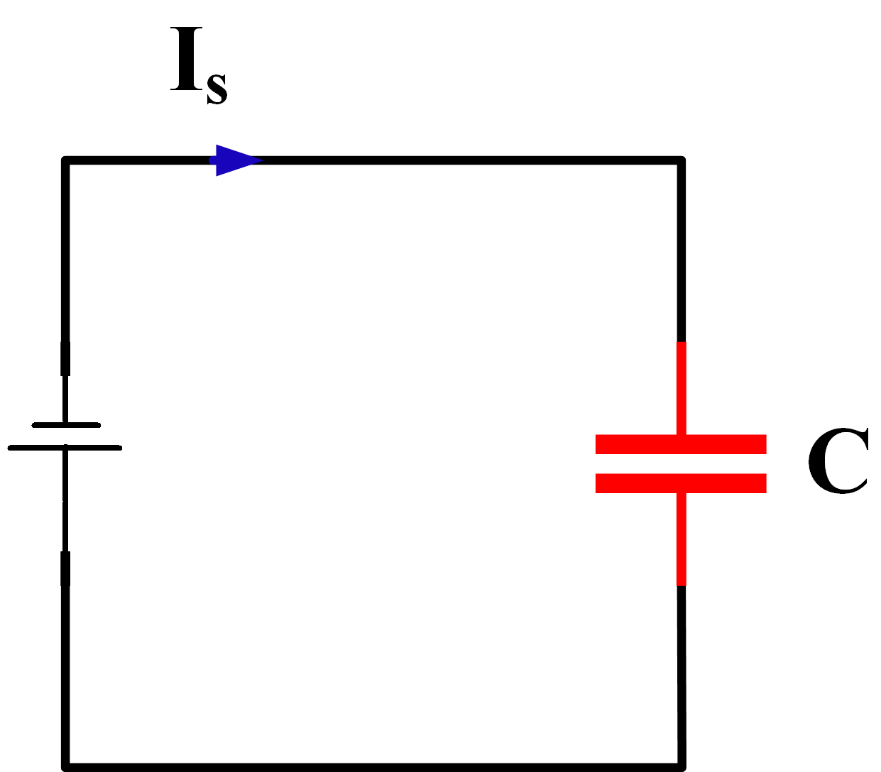Question
Question: Derive the expression for energy stored in a charged capacitor....
Derive the expression for energy stored in a charged capacitor.
Solution
The relation between Capacitance, charge and electrical potential. The work done to accumulate charge in a capacitor is the energy stored in a capacitor. Relation between electrical potential and work done.
Formula used: V=CQ, where, V represents the electrical potential, C represents the capacitance and Q represents the charge stored in a capacitor.
The work done to move a test charge dQ is given by the expression dW=VdQ
Also, ∫abxndx=n+1bn+1−an+1
Complete step by step answer:

A capacitive circuit is shown in the above figure. In a circuit, with voltage around the capacitor V, the Capacitance C is given by the equation:
Q=CV…(1)
Where, Q represents the charge stored in the capacitor.
Now, we want to find the energy stored in a capacitor.
According to electrostatics, the energy stored in a capacitor will be equal to the work done to move the charge into the capacitor having an electrical potential V.
Or
dW=VdQ…(2)
Now, for a capacitor, V=CQ…(3)
So, we can put the value of V from equation (3) into equation (2).
This gives,
dW=CQdQ,
Now the total work done to move charge Q can be found by integration,
∫0WdW=C1∫0QQdQ
Now, from the integration method given in the formula used section, we can calculate the following result.
W=21CQ2, This is also equal to the energy stored in the capacitor.
Therefore, U=21CQ2
Moreover, from equation (1), we can put Q2=(CV)2
This will give us,
U=21CQ2=21CV2
Additional Information: A capacitor is a device in which equal and opposite charges are separated by a distance in space.
The capacitor shown in the books is usually a parallel plate capacitor.
Cylindrical capacitors are used in many electrical devices.
The SI unit is farad. It is defined as the capacitance which stores 1 C of charge along 1 V potential difference,
Note: The value of capacitance in a parallel plate is given by C=εdA, where, εis the permittivity of medium between the plates, A is the area of the plates and d is the distance between the plates. The question can also be solved by substituting the value of C=εdA, in equation (3). This will give an answer in terms of area and distance of the plates.
